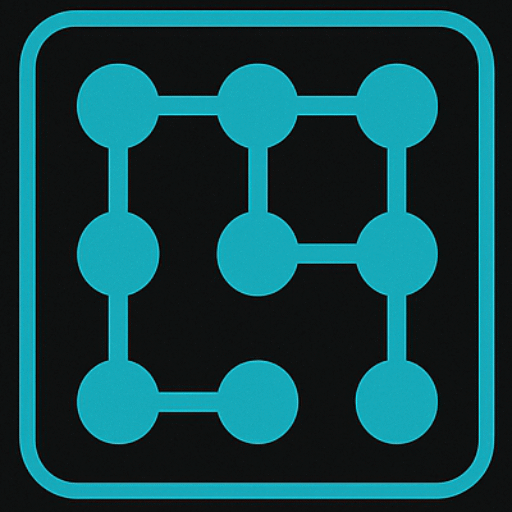Understanding Number System Conversions
In the world of digital logic and computing, we frequently encounter different number systems—each with its own structure and purpose. To truly grasp the value and meaning behind the numbers we work with, we often convert them from one system to another.
Since the decimal system (base 10) is the one we use daily—from grocery prices to phone numbers—most conversions naturally relate back to it. Whether we’re shifting from decimal into another system or translating back into decimal, it’s the anchor that makes unfamiliar number systems more relatable.
On the other end, the binary system (base 2) is the heartbeat of digital electronics. From circuit design to programming, binary drives the decisions of modern machines. That’s why conversions involving binary are especially vital for anyone working with digital logic.
What You’ll Learn in this Course?
We’ll guide you through the key types of interconversions:
- From Decimal to Other Number Systems – including binary, octal, and hexadecimal.
- From Other Number Systems to Decimal – such as decimal and hexadecimal.
- Between Systems Based on Powers of 2 – like binary, octal, and hexadecimal, where grouped bits simplify the process.
- Between Non-Power-of-Two Systems – exploring conversions that require more nuanced steps, like binary to base-5.
